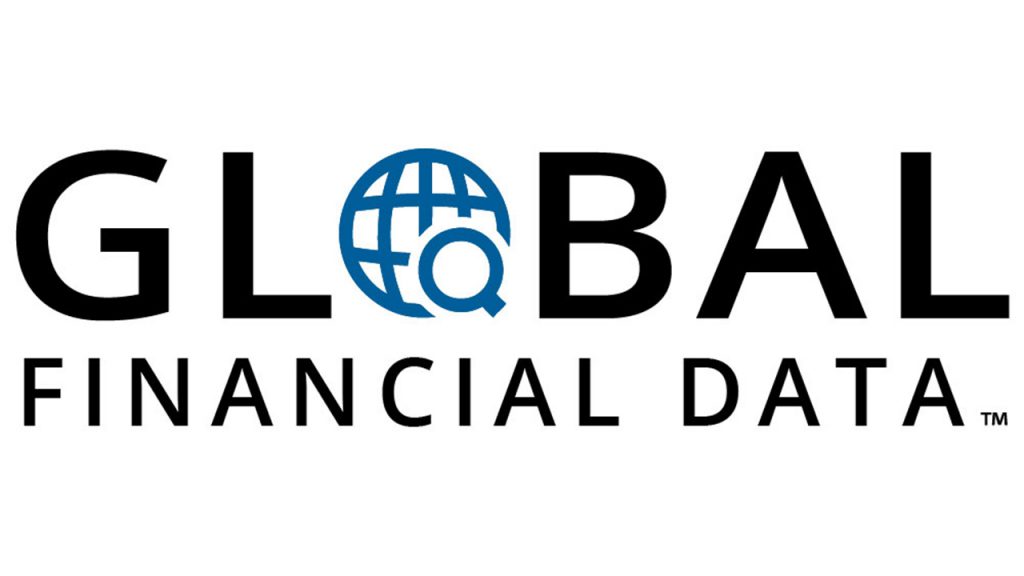The New York Stock Exchange is celebrating a double anniversary this year. It is 225 years since the Buttonwood Agreement was signed on May 17, 1792 by 24 brokers, allowing direct trading and setting down a commission structure for all to abide by. The Tontine Coffee House was the brokers’ headquarters in 1792 and the focus of trading was on the recently issued government bonds and the Bank of the United States stock.
The New York Stock & Exchange Board
| Banks | Price | Bond | Price |
| America |
92.5 |
U.S. War Loans |
99 |
| State of New York |
119 |
U.S. Deferreds |
97 |
| City |
100 |
U.S. Louisiana 6s |
99 |
| Manhattan Co. |
111 |
U.S. 7s |
105 |
| Mechanics |
112 |
U.S. 6s |
99 |
| Merchants |
115 |
U.S. 6s, old & def. |
99.25 |
| New York |
118 |
U.S. 3s |
63.5 |
| Bank of the United States |
79.5 |
||
| Union |
90 |
Exchange on | Price |
| Insurance | Price | London |
98 |
| American |
104.5 |
Paris |
5.4 |
| Eagle |
116 |
Amsterdam |
39 |
| Globe |
101 |
Spanish Dollars |
7.75 |
| Mutual Fire |
111 |
Doubloons |
15.875 |
| National |
95 |
||
| New York |
80 |
||
| Ocean Marine |
60 |
||
| Washington Marine |
110 |
||
| New York Manufacturing Co. |
75 |
As you can see, 1817 was a very good year. Share prices followed a steady uptrend in 1817 giving investors a 16% return over the course of the year. Not bad for the first year of the Monroe presidency and the NYSE.
The NYSE changed its name to the New York Stock Exchange on January 29, 1863 and in 1865 moved to 10-12 Wall Street. By then there were over 100 companies listed on the NYSE, railroads dominated the exchange, and the nation was in the middle of a war. It wasn’t until December 9, 1865 that the NYSE had its own building and May 1869 when the NYSE, Government Bond Department and Open Board of Brokers all merged into a single NYSE.
The NYSE in 2017
The NYSE in 2217
And what will the NYSE look like in 2217? Will It even exist? At the rate technology is proceeding, I’ll be surprised if stock exchanges are around 10 years from now, much less in 200 years. Happy 200th Anniversary New York Stock Exchange. Enjoy it while you can because you probably won’t have many more. One of the more interesting canal stocks that traded in Britain during the 1800s was the Loughborough Canal Navigation Co. which incorporated in 1776. This was a small canal, only 9.25 miles in length going from Loughborough where there is a junction with the Leicester Navigation to the River Trent at Cranfleet.
In 1634 Thomas Skipworth had been granted letters by the king to enable him to build a navigable canal to Leicester, but Skipworth failed to complete it. A second failed attempt occurred in 1736, and the Loughborough Canal was finally approved by Parliament in 1776.
One of the more interesting canal stocks that traded in Britain during the 1800s was the Loughborough Canal Navigation Co. which incorporated in 1776. This was a small canal, only 9.25 miles in length going from Loughborough where there is a junction with the Leicester Navigation to the River Trent at Cranfleet.
In 1634 Thomas Skipworth had been granted letters by the king to enable him to build a navigable canal to Leicester, but Skipworth failed to complete it. A second failed attempt occurred in 1736, and the Loughborough Canal was finally approved by Parliament in 1776.
 Global Financial Data has extended the histories for its corporate and muni bond indices. This includes not only the series covering the yields on corporate and municipal bonds, but the total return series and price series for each as well.
Previously, GFD had data back to 1857 for its corporate and municipal bonds. This research has enabled the municipal bond index to begin in 1789 and the corporate bond index to begin in 1815. Yields on corporate bonds from 1815 to 2017 are illustrated below.
Global Financial Data has extended the histories for its corporate and muni bond indices. This includes not only the series covering the yields on corporate and municipal bonds, but the total return series and price series for each as well.
Previously, GFD had data back to 1857 for its corporate and municipal bonds. This research has enabled the municipal bond index to begin in 1789 and the corporate bond index to begin in 1815. Yields on corporate bonds from 1815 to 2017 are illustrated below.
The municipal bond index was pushed back using data from Massachusetts notes from 1789 to 1815 and New York State bonds from then until 1856. The corporate bonds were extended back primarily by using bonds issued by the larger canal and railroad companies. This included the Chesapeake and Delaware Canal, the Baltimore and Ohio Railroad (the B&O to Monopoly fans), and the Philadelphia, Wilmington and Baltimore Railroad. The muni bond yields. can be found in the file MOMUNIW and the corporate bond yields in the file MOCAAAD. Yields on municipal bonds from 1789 to 2017 are illustrated below.
Using these yields, both the total return and price indices for corporate bonds and municipal bonds were extended back 40 years and 65 years respectively. Subscribers to the GFDatabase can access any of these files. To get more information on these indices, call today to speak to one of our sales representatives at 877-DATA-999 or 949-542-4200.



